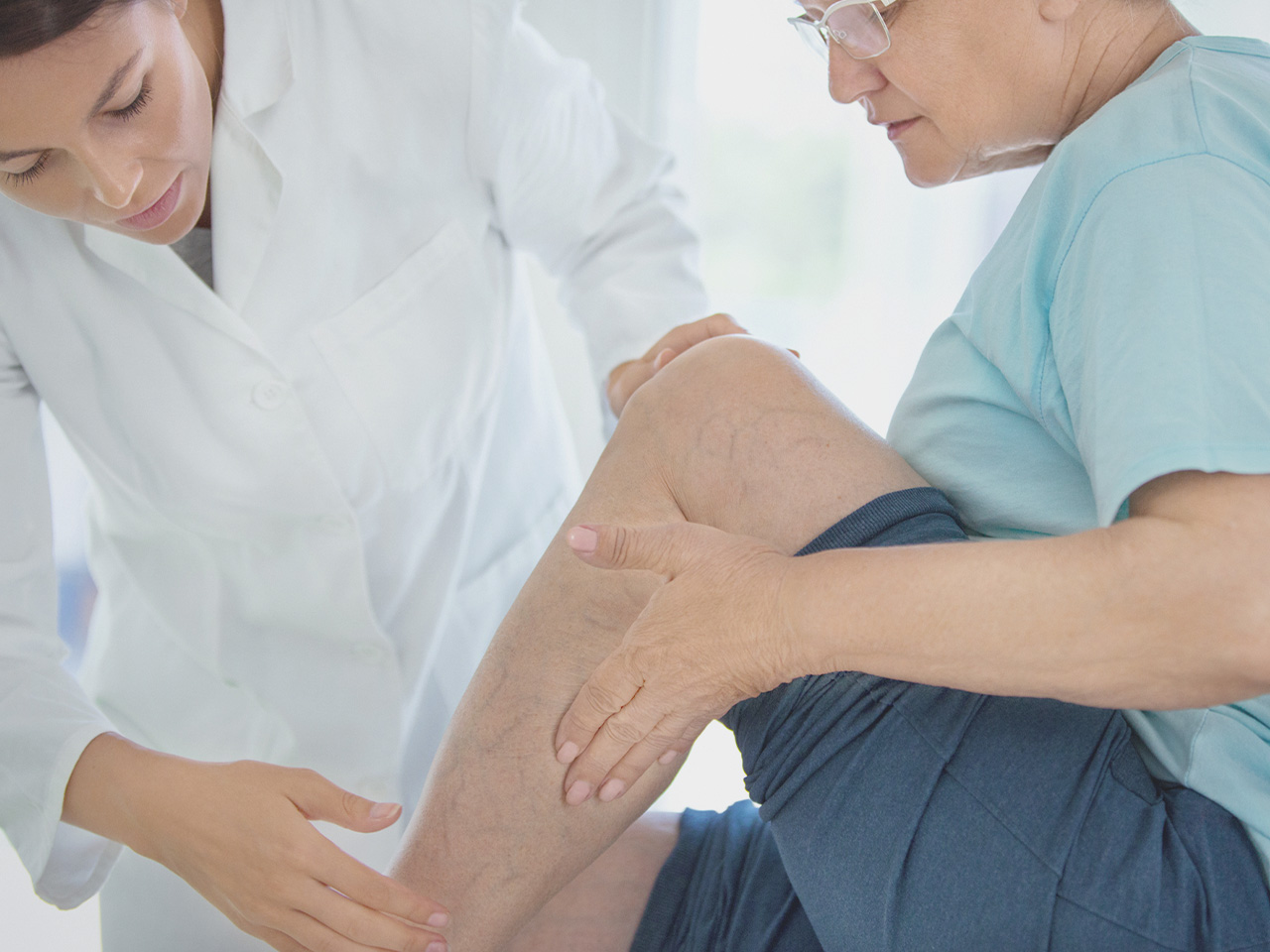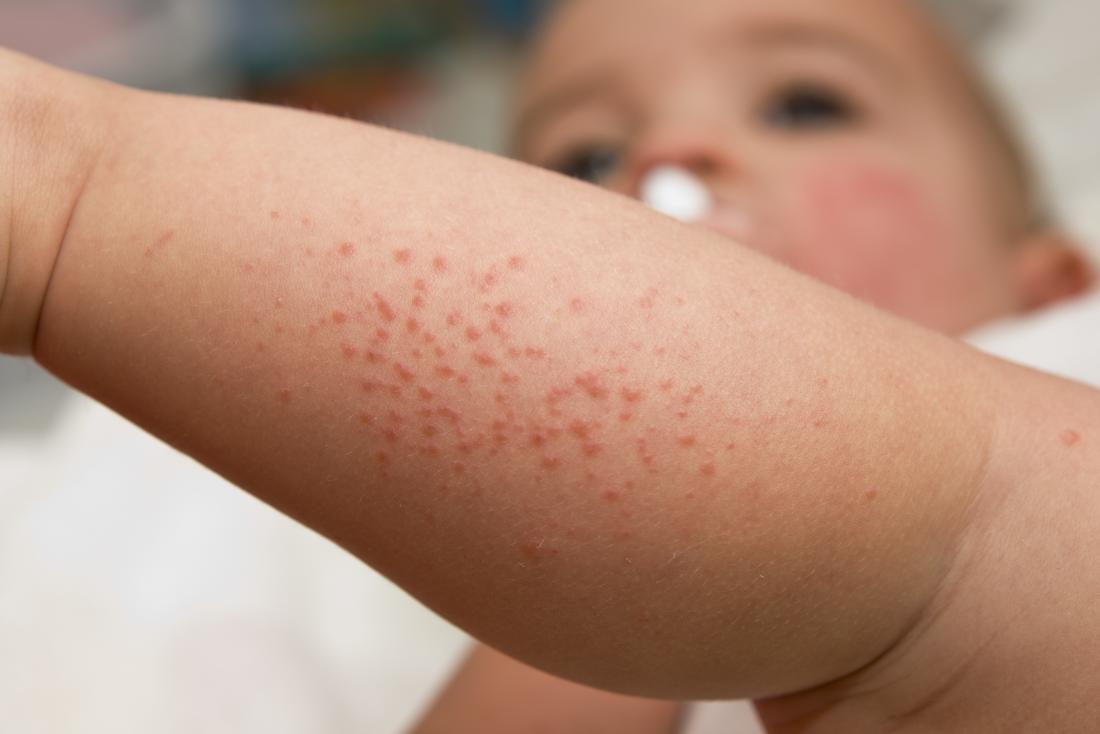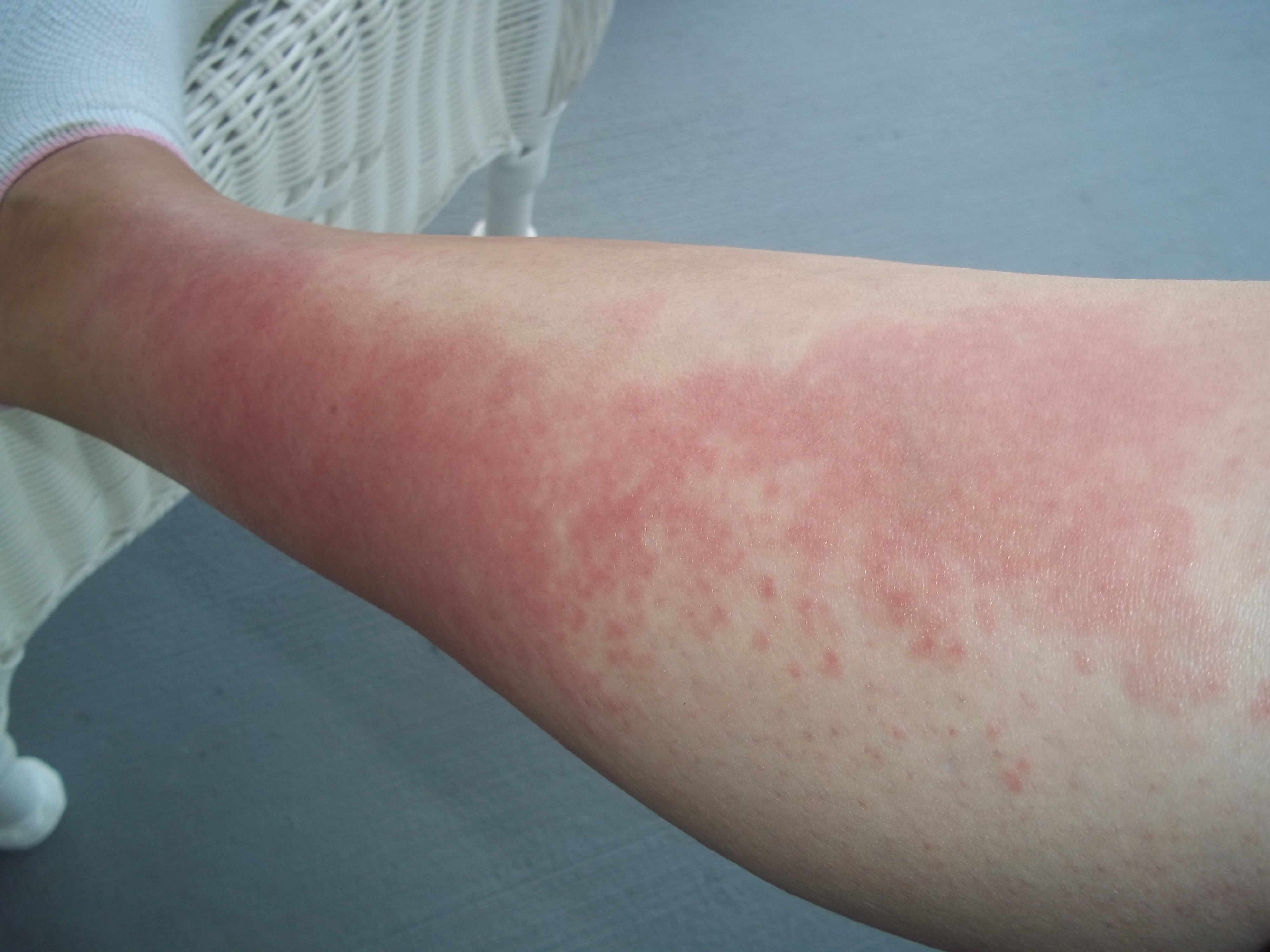Have you ever woken up one morning feeling all sortsa uncomfortable down there? Like an itchy, burning sensation that just won't quit? Yeah, we're talking about a rash between legs—a pesky little problem that can turn your day upside down. Whether you're a fitness enthusiast, a busy mom, or just someone trying to make it through the day, this issue can hit anyone, anytime. And let's be real, it's not something you want to deal with, but it happens. So, let's dive in and figure out what this rash is all about, why it happens, and how to get rid of it once and for all.
A rash between legs might seem like no big deal at first, but if left untreated, it can escalate into something more serious. This skin irritation can affect people of all ages, genders, and lifestyles. Whether you're rocking tight-fitting clothes, spending long hours in sweaty gym gear, or dealing with humidity, the chances of developing this rash are higher than you think. So, it's essential to understand what causes it and how to manage it.
The good news is, you're not alone in this battle. Millions of people worldwide experience this issue, and with the right information, you can tackle it head-on. In this article, we'll break down everything you need to know about rash between legs—what causes it, how to treat it, and most importantly, how to prevent it from coming back. So, grab a cup of coffee, sit back, and let's get into it!
What is Rash Between Legs?
Let's start with the basics. A rash between legs, also known as intertrigo, is a type of skin irritation that occurs in the folds of your skin, particularly in areas where friction and moisture are common. This area is like a breeding ground for bacteria and fungi, which can lead to all sorts of discomfort. The rash can appear as red, inflamed patches that may feel itchy, sore, or even painful.
One of the main reasons this rash develops is due to the constant rubbing of skin against skin, especially in warm and humid environments. When sweat and moisture get trapped in these areas, it creates the perfect storm for irritation. And if you're wearing tight or non-breathable clothing, the situation can get worse pretty quickly.
Common Symptoms of Rash Between Legs
So, how do you know if what you're dealing with is actually a rash between legs? Here are some common symptoms to look out for:
- Redness or inflammation in the groin area
- Itching or burning sensation
- Soreness or tenderness when touched
- Peeling or cracking of the skin
- Occasional oozing or crusting in severe cases
Now, keep in mind that these symptoms can vary from person to person. Some folks might experience mild discomfort, while others could be dealing with a more intense reaction. It all depends on factors like skin sensitivity, hygiene habits, and even the type of clothing you wear.
Causes of Rash Between Legs
Understanding the root cause of a rash between legs is key to preventing and treating it effectively. Here are some of the most common culprits behind this pesky irritation:
Friction and Moisture
One of the main reasons this rash occurs is due to friction and moisture. When your skin rubs against itself, especially in areas like the groin, it can cause irritation. Add sweat or moisture into the mix, and you've got a recipe for disaster. This is why athletes or people who spend a lot of time in tight-fitting clothes are more prone to developing this rash.
Poor Hygiene
Let's face it—sometimes we get busy, and our hygiene routine takes a backseat. But neglecting proper cleaning of the groin area can lead to bacteria and fungi buildup, which can trigger a rash. So, make sure you're keeping those areas clean and dry, especially after sweating or exercising.
Obesity
People who are overweight or obese might be more susceptible to this rash due to increased skin folds and friction. Excess weight can create more opportunities for moisture to get trapped, leading to irritation and infection.
Diagnosing Rash Between Legs
While a rash between legs might seem easy to diagnose, it's important to rule out other potential skin conditions that could mimic its symptoms. Here's how you can go about diagnosing it:
Self-Assessment
Before rushing to the doctor, you can do a quick self-assessment at home. Look for the telltale signs of redness, itching, and irritation in the groin area. If you've been wearing tight clothes, sweating a lot, or neglecting proper hygiene, chances are this is the culprit.
Consulting a Dermatologist
If your rash doesn't improve with home remedies or over-the-counter treatments, it might be time to see a dermatologist. They can conduct a thorough examination and even take a skin sample if necessary to determine the exact cause of the irritation.
Treatment Options for Rash Between Legs
Now that we've covered the causes and diagnosis, let's talk about treatment. There are several options available, ranging from simple home remedies to prescription medications. Here's what you can try:
Over-the-Counter Creams
Antifungal or antibacterial creams are often the first line of defense against a rash between legs. These creams can help alleviate symptoms and speed up the healing process. Just make sure to follow the instructions carefully and apply them as directed.
Home Remedies
If you're looking for a more natural approach, there are plenty of home remedies you can try. For example, applying a cool compress to the affected area can help soothe irritation. You can also use aloe vera gel or coconut oil to moisturize the skin and promote healing.
Prescription Medications
In more severe cases, your doctor might prescribe stronger medications to tackle the issue. This could include oral antifungal pills or stronger topical creams. Always consult with a healthcare professional before starting any new treatment.
Prevention Tips for Rash Between Legs
Prevention is always better than cure, and when it comes to a rash between legs, there are plenty of things you can do to keep it at bay. Here are some tips to help you stay rash-free:
Wear Breathable Clothing
Opt for loose-fitting clothes made from breathable fabrics like cotton. This will help reduce friction and allow your skin to breathe, minimizing the risk of irritation.
Stay Dry
Moisture is one of the biggest triggers for this rash, so make sure you're keeping the affected area dry. After showering or sweating, pat the area dry with a clean towel and avoid rubbing it vigorously.
Maintain Good Hygiene
Regularly cleaning the groin area with mild soap and water can go a long way in preventing rashes. Just be gentle and avoid using harsh products that could irritate the skin further.
When to See a Doctor
While most cases of rash between legs can be managed at home, there are times when you should seek medical attention. Here are some red flags to watch out for:
Persistent Symptoms
If your rash doesn't improve after a week or two of treatment, it might be time to see a doctor. Persistent symptoms could indicate a more serious underlying condition that requires professional care.
Severe Pain or Swelling
Excessive pain or swelling in the affected area could be a sign of infection. Don't hesitate to seek medical advice if you notice any of these symptoms.
Living with Rash Between Legs
Dealing with a rash between legs can be frustrating, but with the right approach, you can manage it effectively. Here are some tips to help you live comfortably while healing:
Stay Positive
First and foremost, stay positive and patient. Healing takes time, and it's important to give your skin the care and attention it needs. Avoid scratching or irritating the area further, and focus on the healing process.
Seek Support
Talking to others who have experienced similar issues can be incredibly helpful. You can join online forums or support groups to share tips and advice on managing this condition.
Conclusion
In conclusion, a rash between legs is a common issue that can affect anyone, but with the right knowledge and tools, you can tackle it head-on. From understanding the causes and symptoms to exploring treatment options and prevention tips, this guide has covered everything you need to know about this pesky irritation.
Remember, if your rash persists or worsens, don't hesitate to seek medical advice. Your health and comfort should always be a priority. And while you're at it, why not share this article with a friend who might find it helpful? Together, we can spread awareness and help others deal with this issue effectively.
Now go forth and conquer that rash, one step at a time!
Table of Contents


